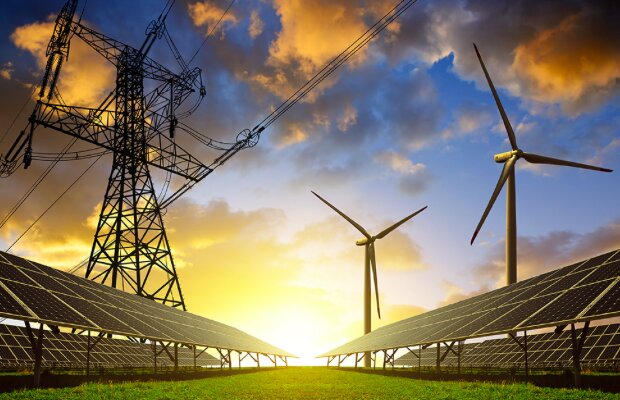Energy Infrastructure Partners (EIP) has announced that it has raised €1 billion for the first close of its global energy transition infrastructure fund. The majority of the investment commitments come from the Swiss pension funds. Credit Suisse Investment Foundation contributed EUR 700 million of the total commitments. The funds are likely to be invested in projects in Western Europe only.
EIP delves in the construction and development of energy transition assets in Switzerland and Europe and other developed economies of the world.
EIP maintains that its strategy for investment revolves around the creation of assets necessary for carbon-free energy, energy transport through power grids and transmission networks, energy storage through grid-scale batteries and also pumped storage that offers flexibility to the grid system.
The investors will now invest in two key portfolios EIP has recently completed. EIP has a 30 per cent stake for EUR 532 million in the French renewables platform of Boralex Inc that has over 1 GW of installed generation capacity. It also has a 25 per cent stake along with Crédit Agricole Assurances in Repsol Renovables that maintains 1.6 GW of installed capacity worldwide.
EIP expects reasonable growth in the operating asset base of the two investments. The capacity of Boralex Inc is expected to expand by three times and Repsol’s by 10 times by the end of this decade.
According to reports, EIP has inked a deal to take about 20 per cent stake in Fluxys that operates critical energy transmission infrastructure globally. EIP is planning a second close to take RE investments beyond Switzerland. The organisation wants to raise EUR 4 billion by the final close that has been planned for the end of 2024.
“The strong demand from our longstanding Swiss client base – especially amid several choppy quarters in public markets and central banks’ movement away from a low-rate environment – is a strong vote of confidence in EIP and energy infrastructure,” said Beat Goetz, EIP’s head of global client solutions. “Considering the unique qualities of system-critical energy infrastructure, this space is seen more and more as its own asset class,” he added.

